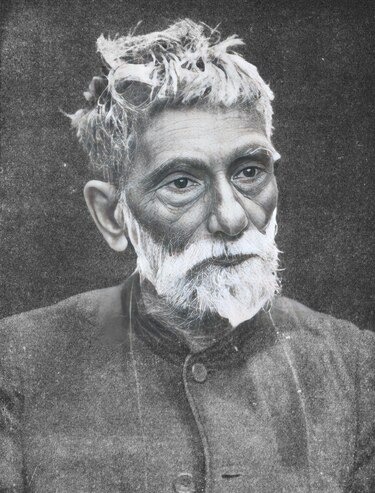Acharya Prafulla Chandra Ray: The Revolutionary Chemist Who Lit the Flame of Indian Science
By Amit Kumar

Born on 2nd August 1861, Acharya Prafulla Chandra Ray, rightly hailed as the Father of Indian
Chemistry, was more than a scientist. He was a patriot, educator, industrialist, and a quiet
revolutionary who laid the foundation for modern chemical research in India.
From humble beginnings in Raruli-Katipara (now in Bangladesh), Ray’s intellectual brilliance saw him
rise from the classrooms of Calcutta to the laboratories of Edinburgh.
At just 21, he won the Gilchrist Scholarship and went on to study at the University of Edinburgh, where he earned a BSc and later a
doctorate under the guidance of Alexander Crum Brown. Despite his training in organic chemistry,
Ray was drawn to inorganic compounds, especially double salts, and nitrites, fields he would later
dominate.
In 1896, Ray made his mark on the global scientific community by discovering mercurous nitrite, a
thermodynamically unstable yet kinetically stable compound. His work led to a series of landmark
discoveries in nitrites and hyponitrites, earning him the title “Master of Nitrites.” British chemist
Henry H. Armstrong even noted that Ray had “made himself master” of this field, proving these
compounds were far more stable than previously believed.
Ray’s scientific legacy, however, extends beyond the laboratory. He founded Bengal Chemicals and
Pharmaceuticals in 1901, India’s first pharmaceutical company, and was instrumental in encouraging
scientific entrepreneurship in colonial India. At Calcutta University, where he later became the Palit
